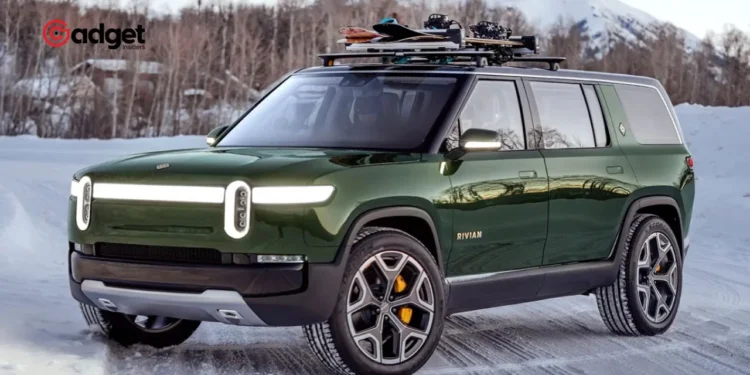In a bold move signaling a more defined future, Rivian, the electric vehicle (EV) manufacturer known for its innovative electric trucks and SUVs, has recently unveiled significant changes to its flagship vehicles, the R1T pickup and the R1S SUV. This strategic pivot comes at a crucial time for the company, which has been navigating the treacherous waters of the EV industry since its public unveiling in 2018.
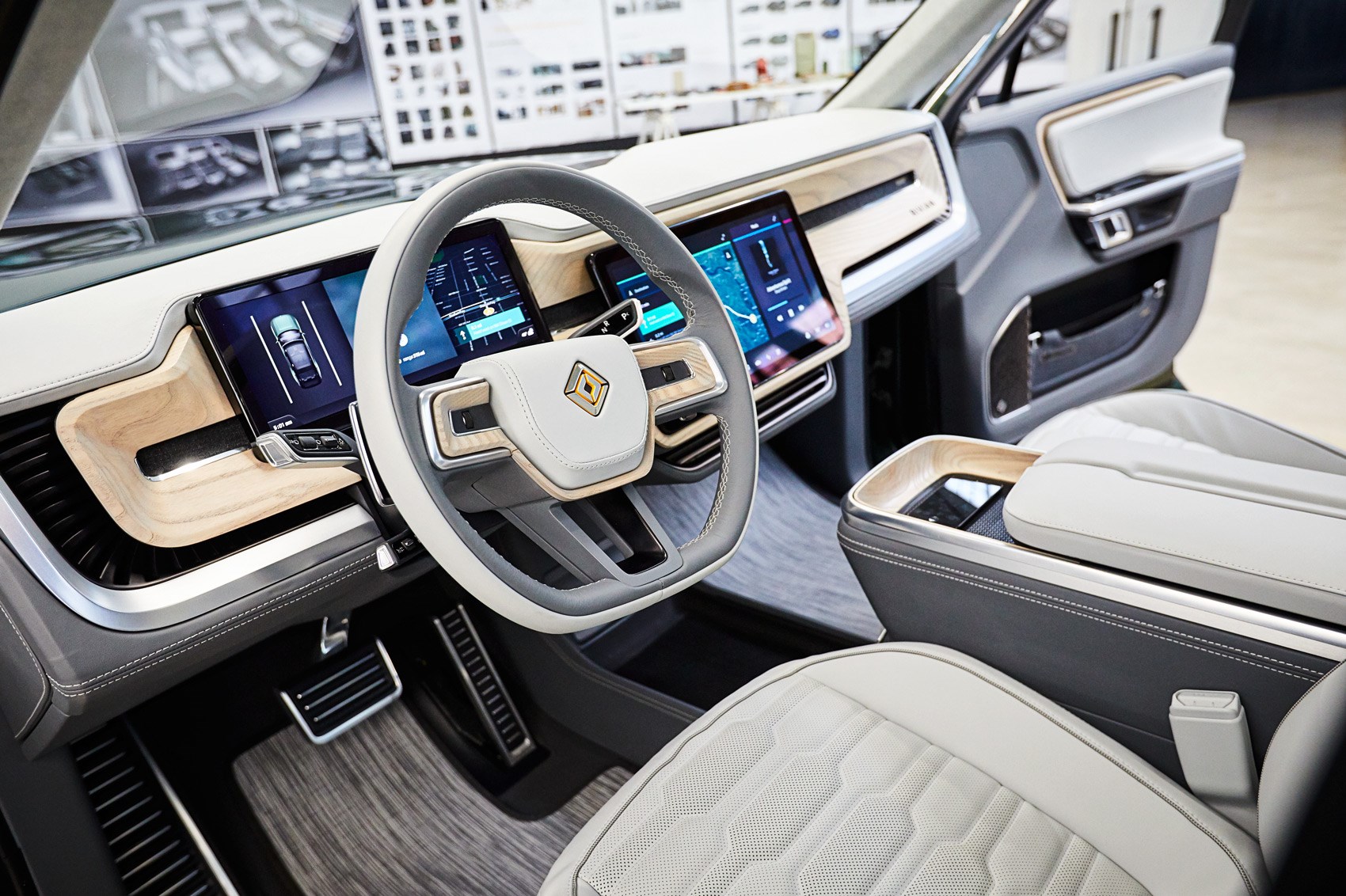
Revamping the R1T and R1S: A Strategic Masterstroke by Rivian
Rivian’s announcement of a fully revamped version of its first two consumer vehicles marks a critical step in its quest to solidify its position in the competitive EV market. These updates not only enhance the technological capabilities of the vehicles but also aim to simplify the production process, thereby significantly reducing costs.
According to Corey Cantor, a senior associate for electric vehicles at BloombergNEF, “With Rivian’s latest move to refresh the R1T and R1S EVs, you can begin to see how the company aims to chart its way forward across the ‘EV valley of death.’”
He adds that if successful, Rivian could leverage this process as it scales up production of its upcoming models, the mass-market R2 and the eagerly anticipated R3 variant.
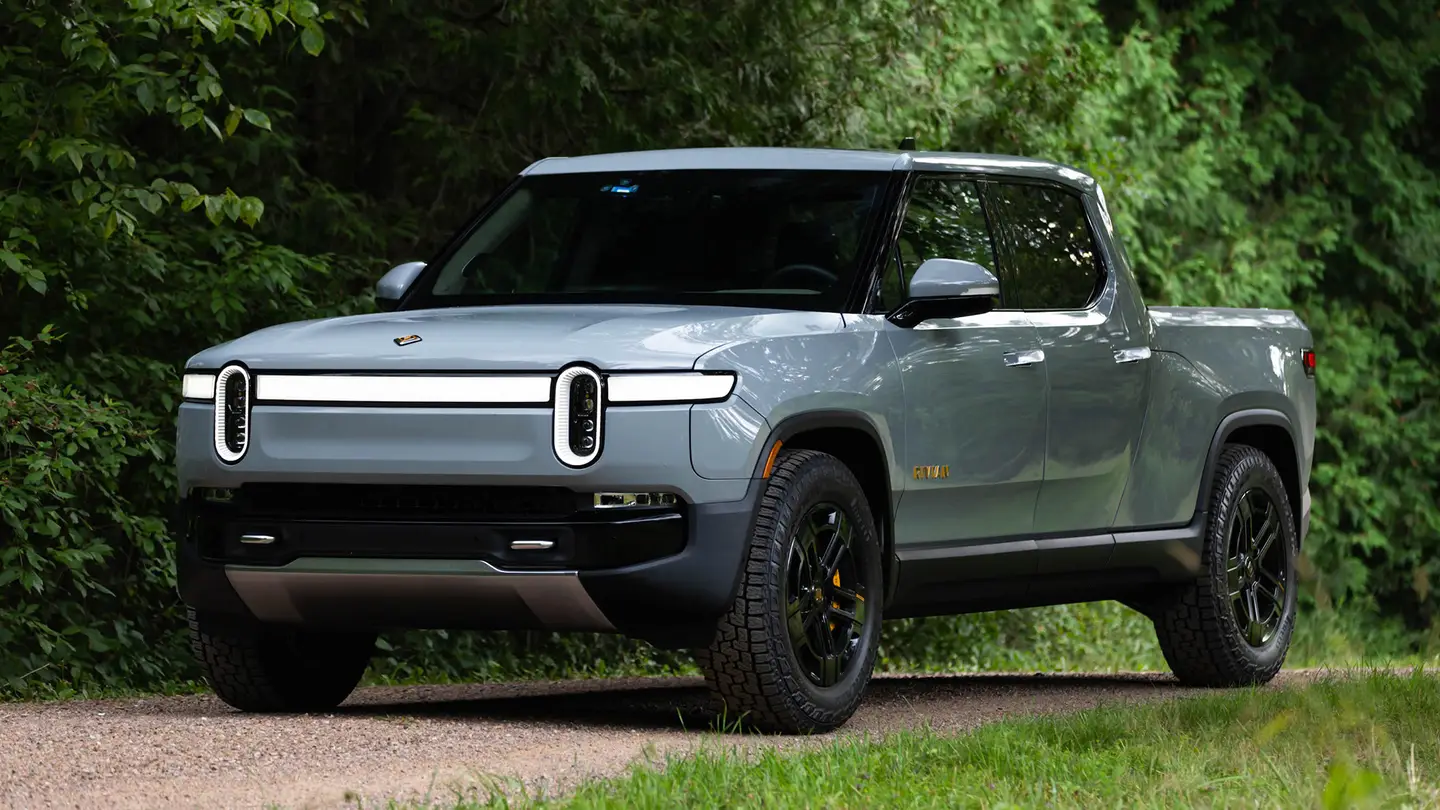
Strategic Shifts in Manufacturing and Cost Management
In a further bid to streamline operations and conserve resources, Rivian has put its plans for a new factory in Georgia on hold. Instead, the company will concentrate its manufacturing efforts at its existing Illinois facility.
This decision is expected to save the company a substantial $2.25 billion. By focusing on enhancing the efficiency of a single manufacturing location, the company aims to optimize its production capabilities and accelerate its path to profitability.
Navigating Challenges and Setting Sights on Future Success
Despite these promising developments, Rivian faces significant hurdles. The company has projected minimal growth for this year and might need to secure additional funding to sustain its operations—a daunting task given the current economic climate.
However, the company remains optimistic about achieving a “positive gross profit” by the end of the year, a milestone that would mark a significant turnaround from its current financial losses. Cantor reflects on the company’s strategy, noting, “The path ahead is clearer than it was a year ago as the electric vehicle maker has laid out its near-term plans.”
He emphasizes that the key to the brand’s success will be its ability to execute these plans effectively, achieving profitability while ramping up high-volume EV sales.
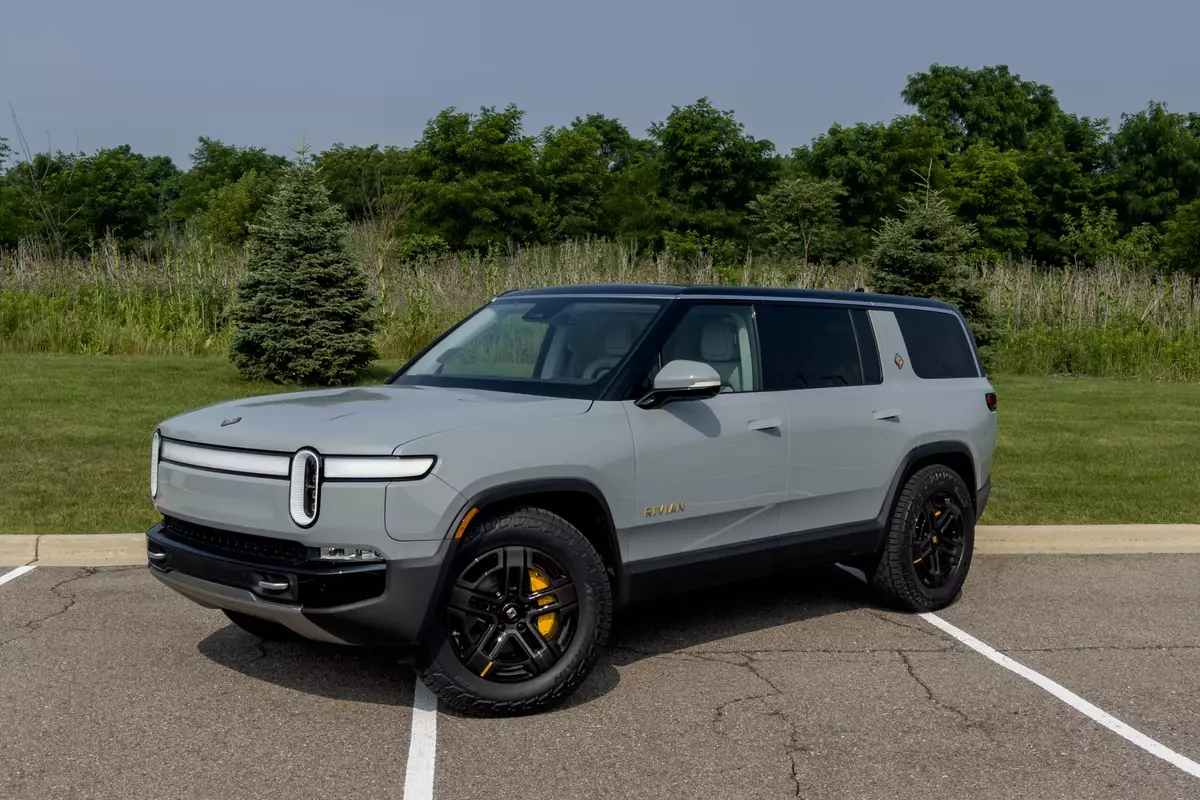
The Broader EV Landscape: Challenges and Opportunities
Rivian’s journey offers valuable insights into the broader challenges faced by EV startups. Companies like Lucid Motors and Canoo have encountered various obstacles, from marketing missteps to business model pivots, underscoring the difficulties of establishing a foothold in this rapidly evolving industry.
Meanwhile, Faraday Future and Fisker grapple with financial instability and operational setbacks, highlighting the precarious nature of the EV market.
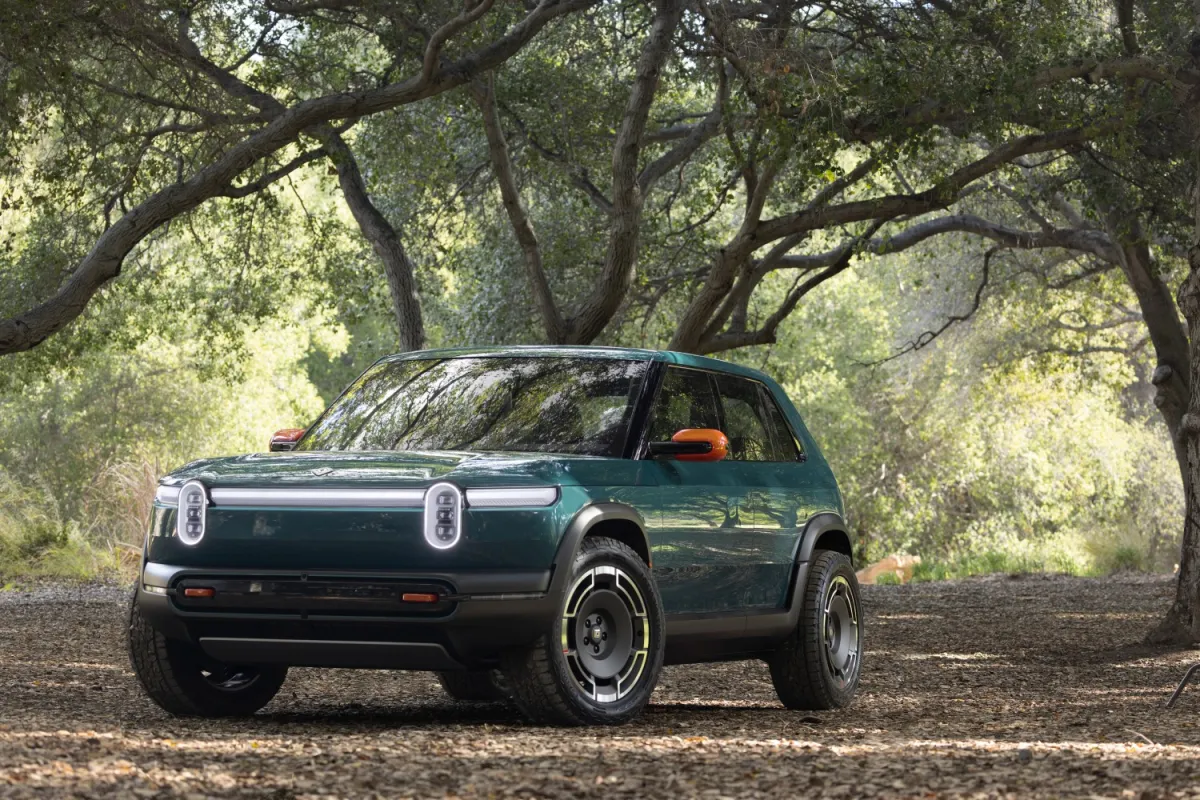
In this dynamic landscape, Rivian’s recent maneuvers provide a glimpse of a potentially brighter future, not just for the company but for the EV industry as a whole. As the company continues to adapt and innovate, it remains a company to watch, poised to shape the future of electric transportation.
Rivian’s recalibrated strategy underscores a decisive shift towards sustainability and efficiency, setting a benchmark for other companies in the race to dominate the EV market. As the industry watches closely, the company’s journey may well become a blueprint for navigating the complexities of the electric vehicle “valley of death.”

